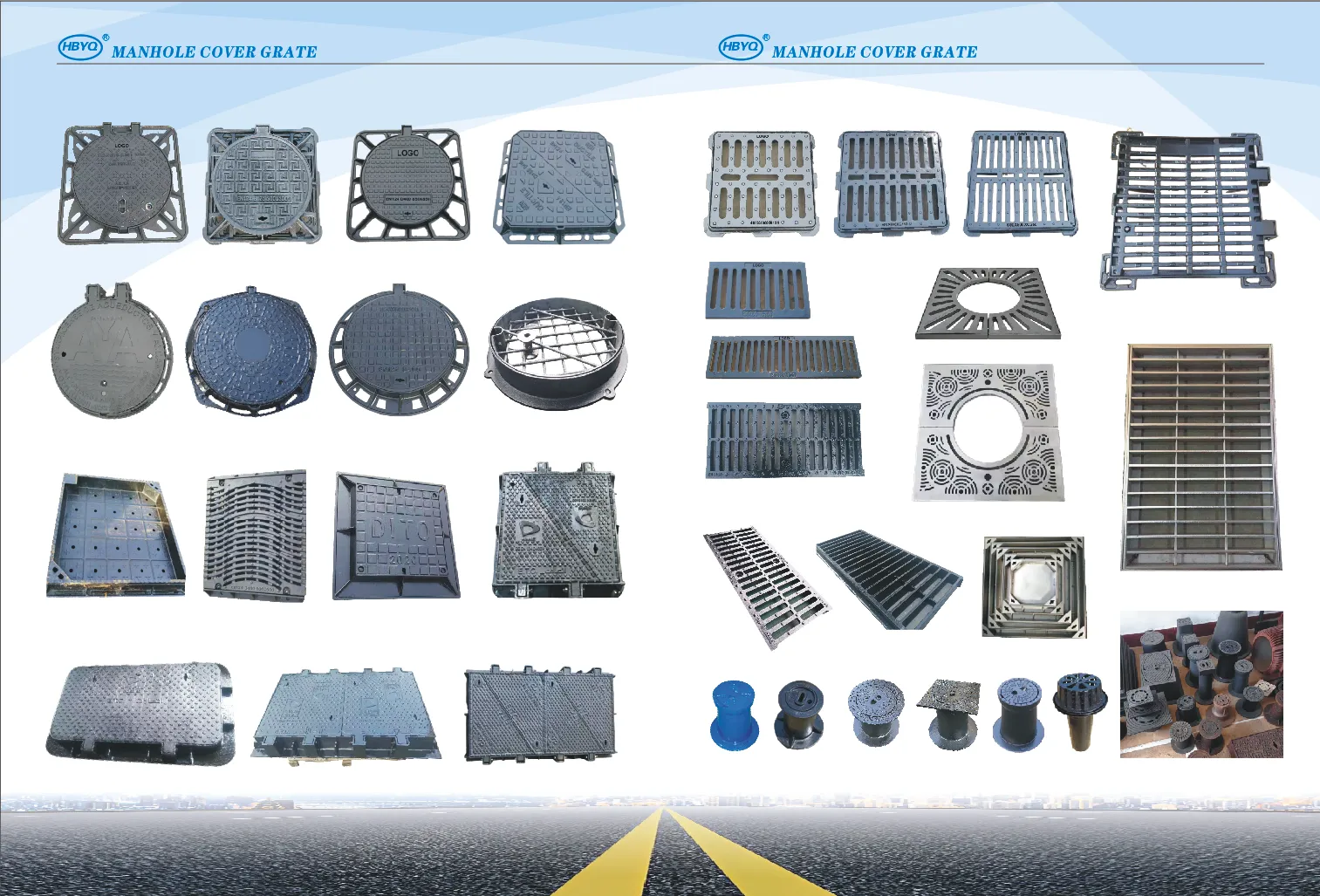Exploring the Importance and Design of Safety Bollards in Urban Areas
The Importance of Site Bollards Enhancing Safety and Functionality
In urban planning and infrastructure development, site bollards play a vital role in enhancing safety and functionality in public spaces. These sturdy posts are designed to control vehicle access, protect pedestrians, and improve the overall aesthetics of an area. As urban environments become increasingly congested, the significance of site bollards cannot be overstated.
Bollards come in various materials including steel, concrete, and plastic. Their design and function can vary significantly depending on the specific needs of an area. Some are fixed in place, while others are removable or retractable, allowing for flexibility in managing vehicle access. For example, in pedestrian zones or busy shopping districts, removable bollards can be efficiently deployed to restrict vehicle entry during peak hours, thereby ensuring safety for pedestrians.
One of the primary functions of site bollards is to provide a physical barrier between vehicles and pedestrian pathways. This separation is essential to protect pedestrians from accidents and to promote an environment where walking and cycling are encouraged. In high-traffic areas, the presence of bollards can significantly reduce the risk of vehicular accidents, thus enhancing public safety. Additionally, they can be strategically placed to guide traffic flow, ensuring that vehicles navigate through urban landscapes in a safe and orderly manner.
site bollards

Beyond safety, site bollards also contribute to the visual appeal of an area. With various designs and finishes available, these structures can complement the surrounding architecture and landscaping. For instance, decorative bollards made of molded concrete or cast iron can add character to a space while serving a functional purpose. By investing in aesthetically pleasing bollards, municipalities and businesses can enhance the overall ambiance of an area, which may contribute to increased foot traffic and economic growth.
Moreover, bollards can serve a critical role in urban security. In recent years, the rise in security threats has necessitated stronger measures to protect public spaces. Security bollards are designed to withstand high-impact forces and are often utilized in places where large crowds gather, such as stadiums, concerts, and government buildings. These reinforced bollards can help to prevent unauthorized vehicle access, ensuring that gatherings remain safe and secure.
Another significant advantage of site bollards is their low maintenance requirements. Most modern bollards are designed to withstand harsh weather conditions and require minimal upkeep. This durability makes them a cost-effective solution for managing public spaces. Furthermore, the use of reflective materials in some bollard designs can improve visibility at night, further enhancing safety for all users of the space.
In conclusion, site bollards are an essential element in modern urban planning and design. Their multifaceted role in ensuring safety, guiding traffic, and enhancing aesthetics makes them a valuable addition to any public space. As cities continue to grow and evolve, the importance of incorporating effective and visually appealing bollards into urban infrastructure will only increase. By prioritizing the installation of site bollards, municipalities can not only protect their citizens but also create inviting spaces that encourage community engagement and economic development. Investing in such infrastructure ensures that our urban areas remain safe, functional, and aesthetically pleasing for generations to come.
-
The Smarter Choice for Pedestrian AreasNewsJun.30,2025
-
The Gold Standard in Round Drain CoversNewsJun.30,2025
-
The Gold Standard in Manhole Cover SystemsNewsJun.30,2025
-
Superior Drainage Solutions with Premium Gully GratesNewsJun.30,2025
-
Superior Drainage Solutions for Global InfrastructureNewsJun.30,2025
-
Square Manhole Solutions for Modern InfrastructureNewsJun.30,2025
-
Premium Manhole Covers for Modern InfrastructureNewsJun.30,2025
